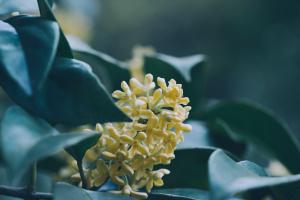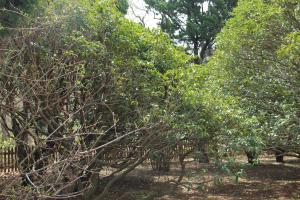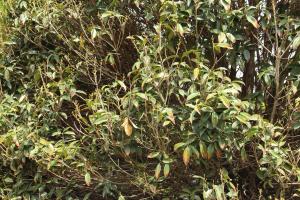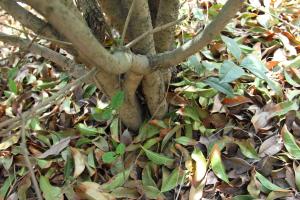1、 Curing method
1. Temperature: Jin Guixi is warm, which can also be seen from its main distribution areas. Generally speaking, 18 to 25 degrees is more appropriate. Its cold resistance is not particularly good, so try to adjust it slightly in winter, not less than 10 degrees
2. Light: Jin Guixi likes light. It must have sufficient sunshine to blossom better, otherwise its growth will be affected, and it may grow in vain, affecting its shape. However, strong light also needs to be avoided, otherwise it will burn its leaves and flowers. Generally speaking, only a little shade in summer
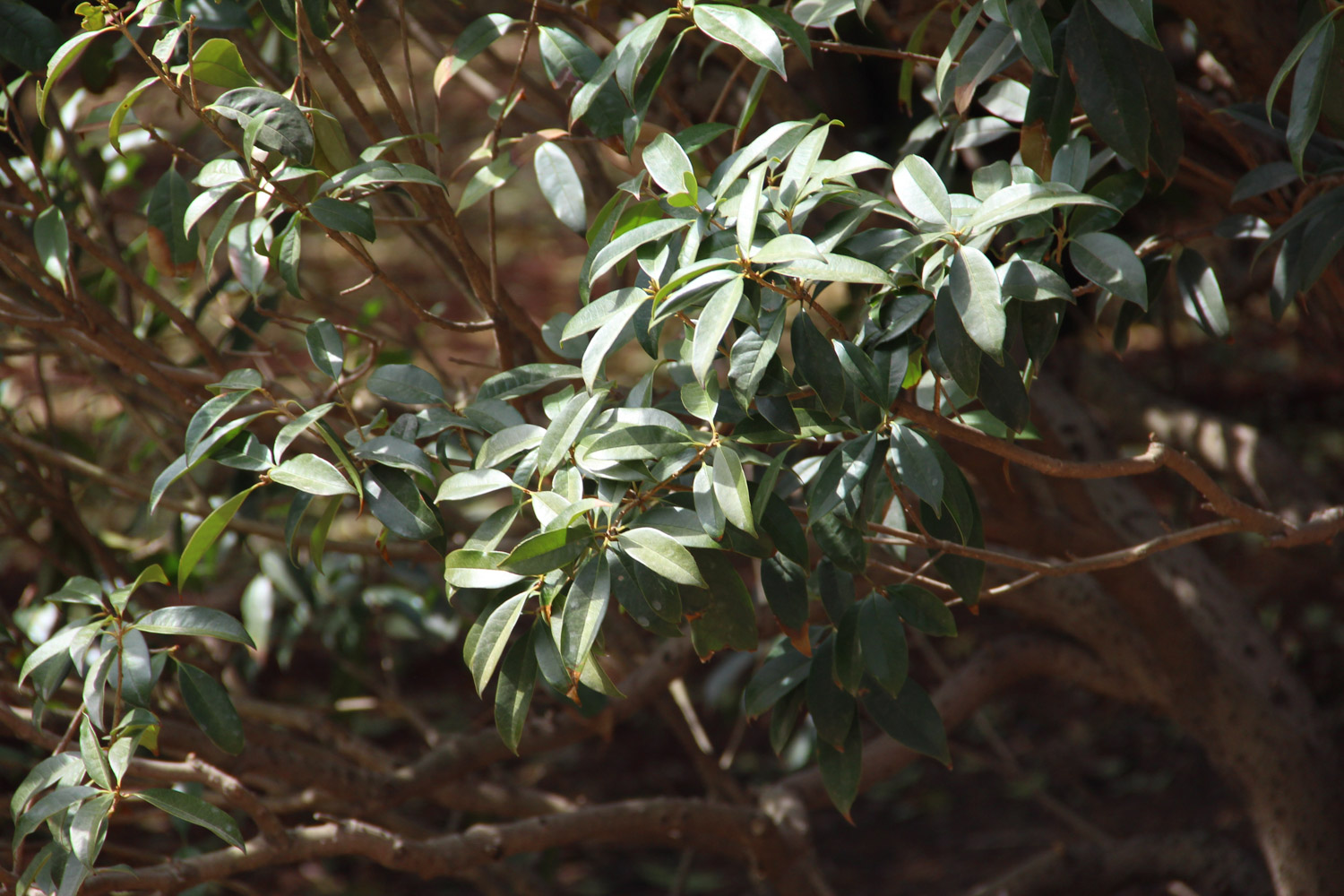
3. Watering: Jin Guixi is wet, and the season requiring the most water is one month after planting and in summer. It needs to be poured thoroughly every time, and the humidity of the air needs to be controlled. However, it is also not waterlogging resistant, so you can pour it through without ponding
4. Fertilization: fertilizer shall be supplemented according to the principle of "thin fertilizer and frequent application". Nitrogen fertilizer is mainly used in the growth period. Some inorganic fertilizer is needed before winter
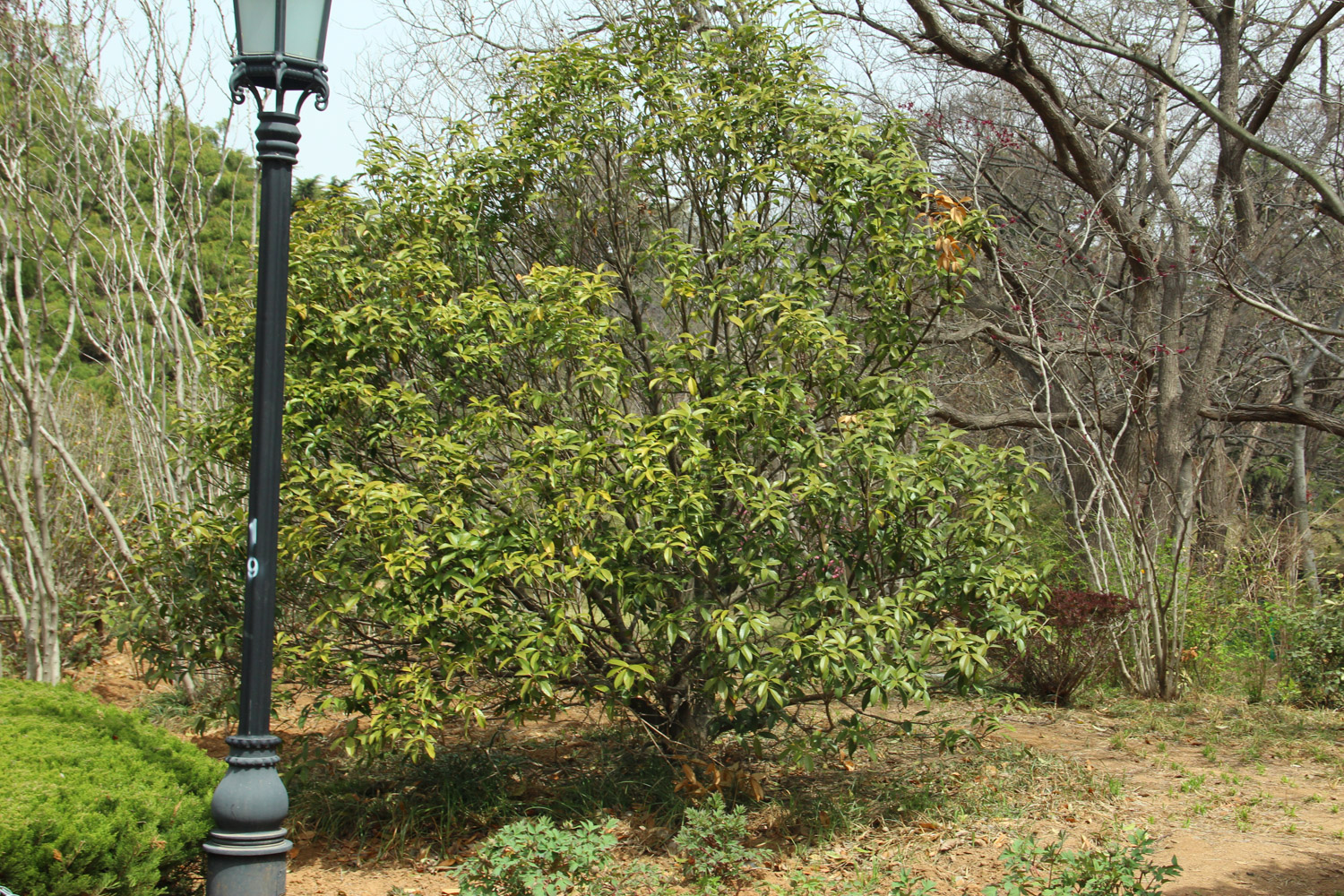
2、 Breeding skills
1. Propagation: cutting can be used. It can be conducted from May to mid July or from September to mid October. Light loamy cultivated land can be used as the cutting place. The soil must be ploughed before planting. It is better to trim the insert first and then insert it. The insertion depth should be two-thirds of the whole length. After that, spray water and take appropriate measures to shade
2. Pruning: the first is to peel the buds, which refers to peeling off the useless buds when the plant germinates. Then, the work of thinning branches is to cut off part of the branches that are too dense to avoid affecting the degree of light transmission. The last is short cut, which is aimed at the bare branch. Cut it short and control its overall height
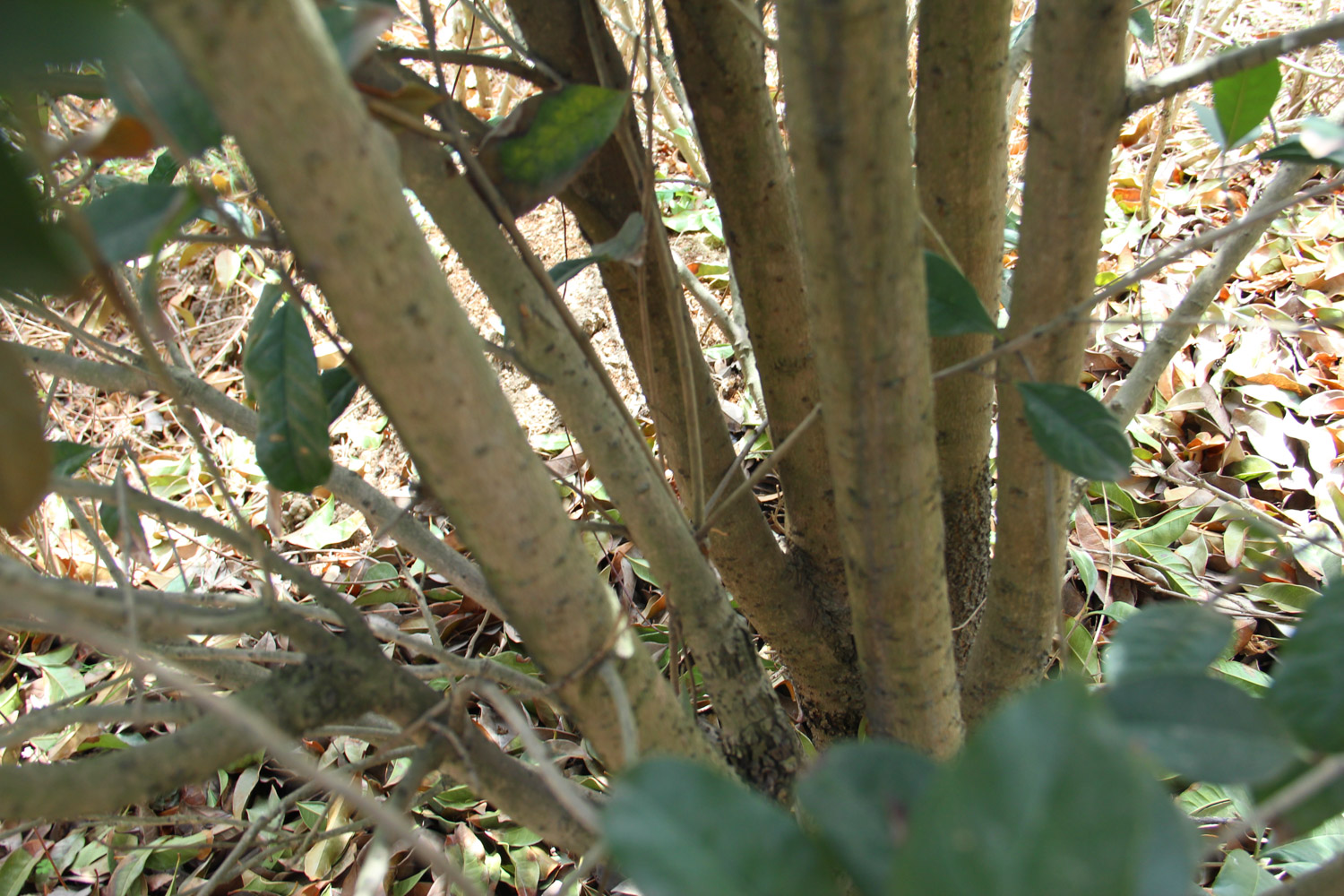
3、 Diagnosis and treatment problems
1. Disease: from July to October, the main disease is "leaf blight", which leads to a large number of dry and falling leaves. It can be controlled by toprazine a, and the density can be controlled to clean up the surrounding fallen leaves
2. Insect pests: the main species are "aphids" and "scale insects", which can be controlled with alcohol or other chemicals
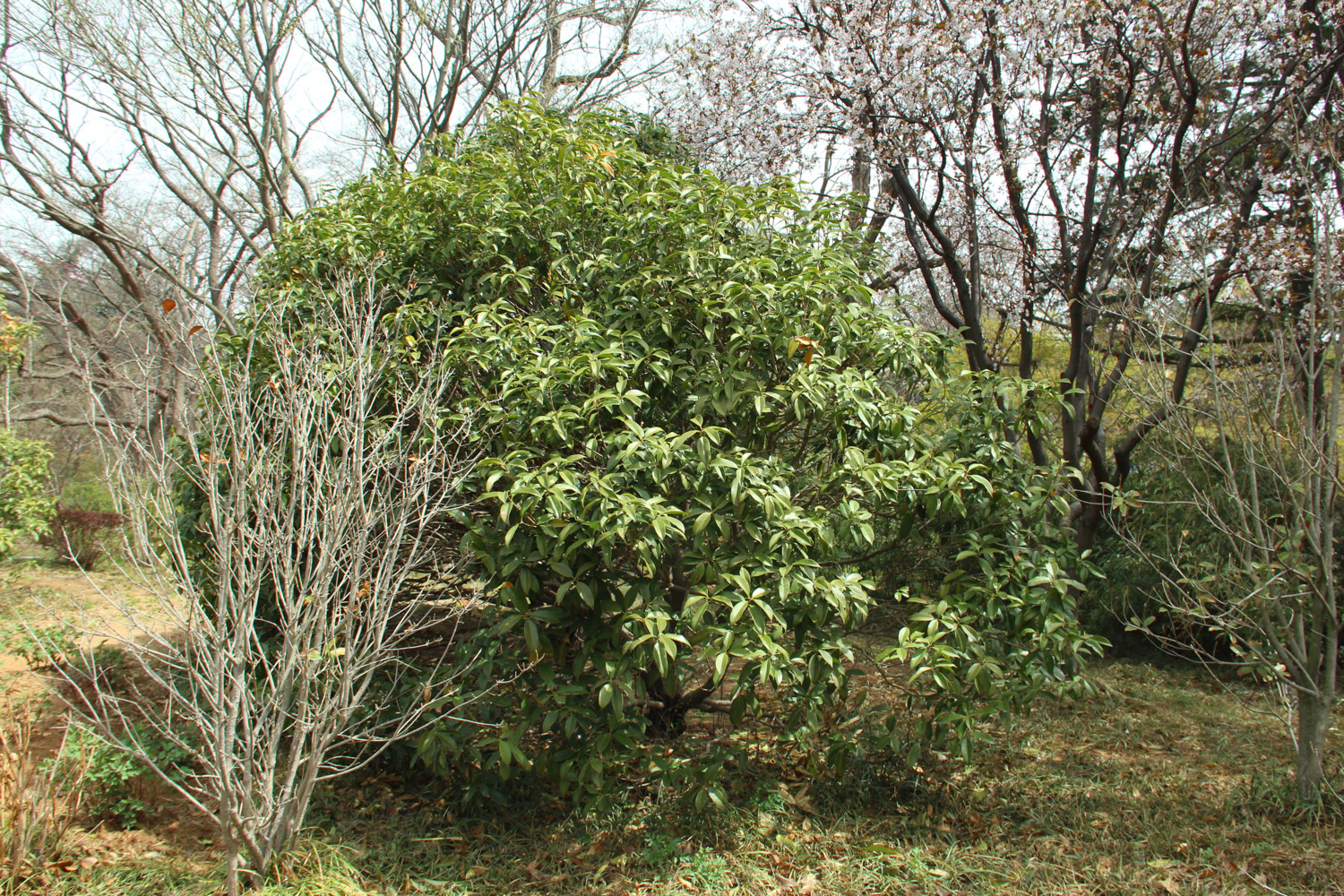
4、 Other issues
1. Toxicity: it is not toxic
2. Whether it can be raised at home: it is more appropriate. Its flowers are suitable for viewing and have a good smell

 jackfruit
jackfruit snake plant
snake plant hibiscus
hibiscus hydrangea
hydrangea lavender
lavender Green roses climb al...
Green roses climb al... If you don't pay att...
If you don't pay att... Management of four g...
Management of four g...

